Need som expert advice
adamski
16 years ago
Related Stories

HEALTHY HOMEHow to Childproof Your Home: Expert Advice
Safety strategies, Part 1: Get the lowdown from the pros on which areas of the home need locks, lids, gates and more
Full Story
COLORPaint-Picking Help and Secrets From a Color Expert
Advice for wall and trim colors, what to always do before committing and the one paint feature you should completely ignore
Full Story
WINTER GARDENINGPruning Secrets for Exquisite Roses
Encourage gorgeous blooms year after year with this time-tested advice on how to prune your rosebush in winter for health and shape
Full Story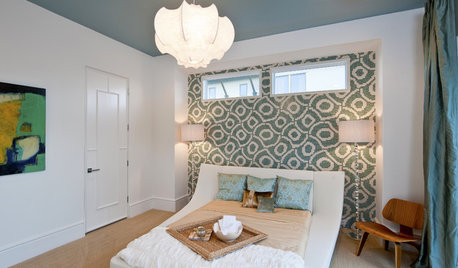
REMODELING GUIDES9 Expert Tips for Creating a Basement Bedroom
Put overnight guests up in comfort or enjoy the bonus bedroom yourself with this professional advice for converting your basement
Full Story
KITCHEN DESIGNSmart Investments in Kitchen Cabinetry — a Realtor's Advice
Get expert info on what cabinet features are worth the money, for both you and potential buyers of your home
Full Story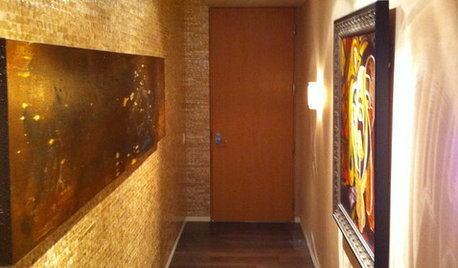
LIGHTINGExpert Lighting Design Secrets
A professional designer turns us on to the 10 most important things to know when lighting rooms and art
Full Story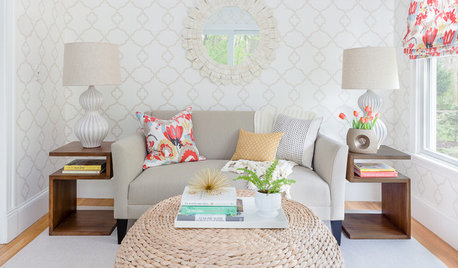
DECORATING GUIDESAsk an Expert: How to Decorate a Small Spare Room
It can be difficult to know what to do with that tiny extra room. These design pros offer suggestions
Full Story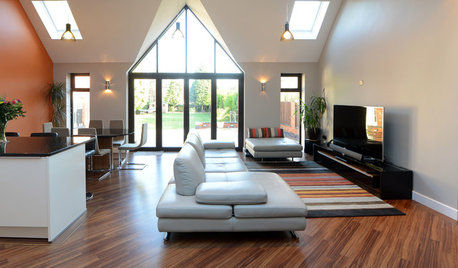
TASTEMAKERSAsk an Expert: What Is the One Design Rule You Live By?
Eight home experts share their top design rules
Full Story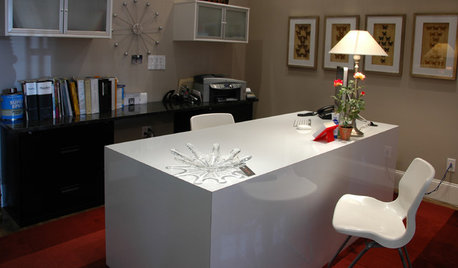
HOME OFFICESExpert Talk: 11 Desk Designs That Really Work It
Boring or inadequate desks don't cut it for productivity in a home office. File these desk designs and expert insight under "To Do"
Full Story
REMODELING GUIDESContractor Tips: Advice for Laundry Room Design
Thinking ahead when installing or moving a washer and dryer can prevent frustration and damage down the road
Full StorySponsored
Custom Craftsmanship & Construction Solutions in Franklin County






don555
adamskiOriginal Author
Related Professionals
Grand Haven Landscape Architects & Landscape Designers · North New Hyde Park Landscape Architects & Landscape Designers · Seabrook Landscape Architects & Landscape Designers · Arlington Landscape Contractors · Aurora Landscape Contractors · Surprise Landscape Contractors · Bainbridge Island Landscape Contractors · Blue Springs Landscape Contractors · Cockeysville Landscape Contractors · Fort Mill Landscape Contractors · Fort Worth Landscape Contractors · Gurnee Landscape Contractors · La Vista Landscape Contractors · Lehigh Acres Landscape Contractors · Wentzville Landscape Contractorsdon555